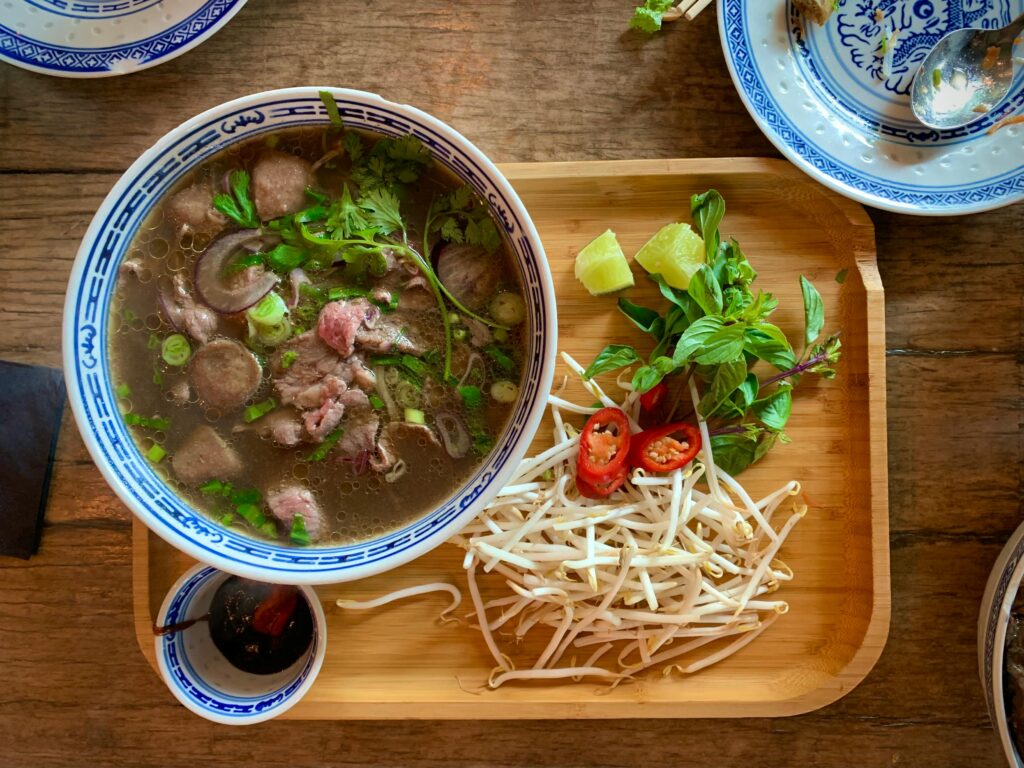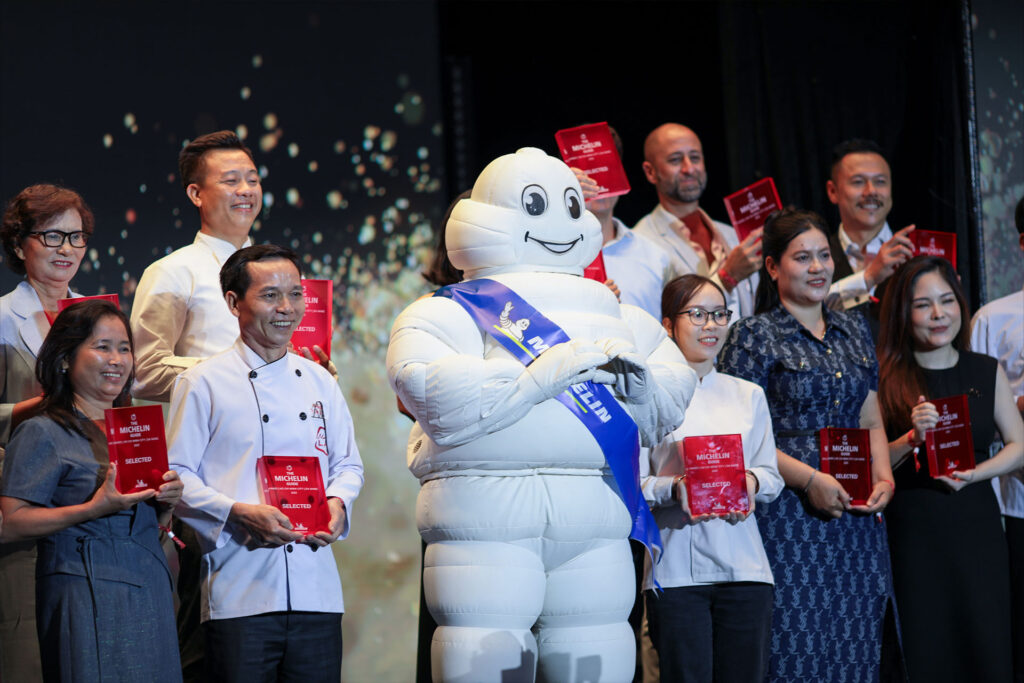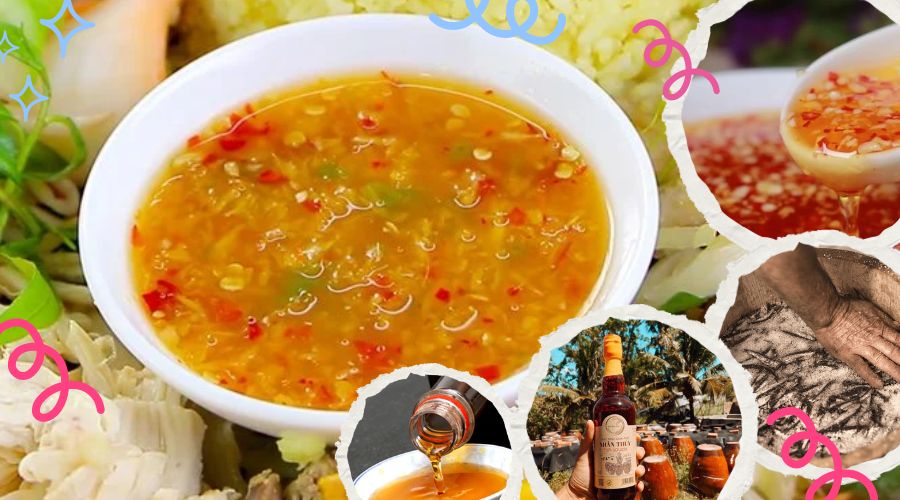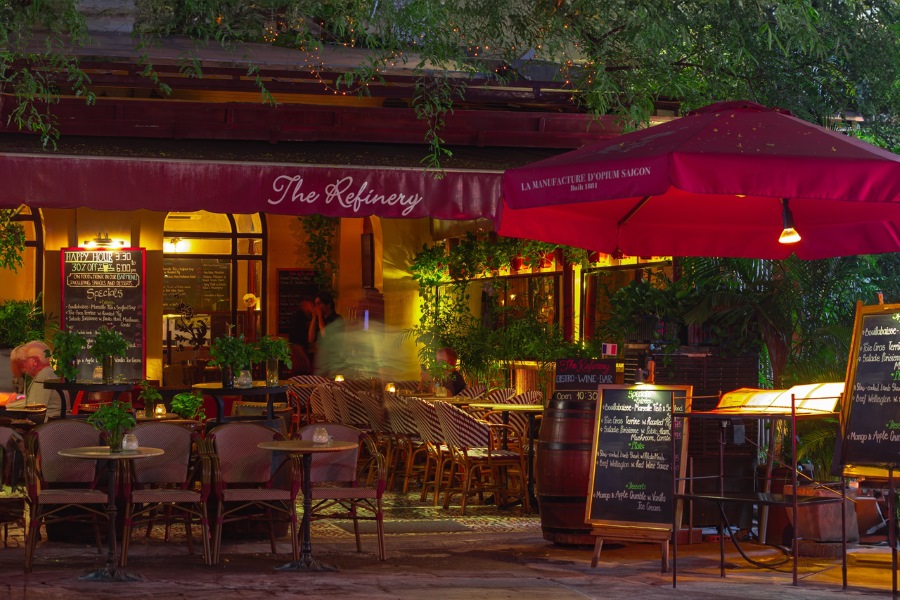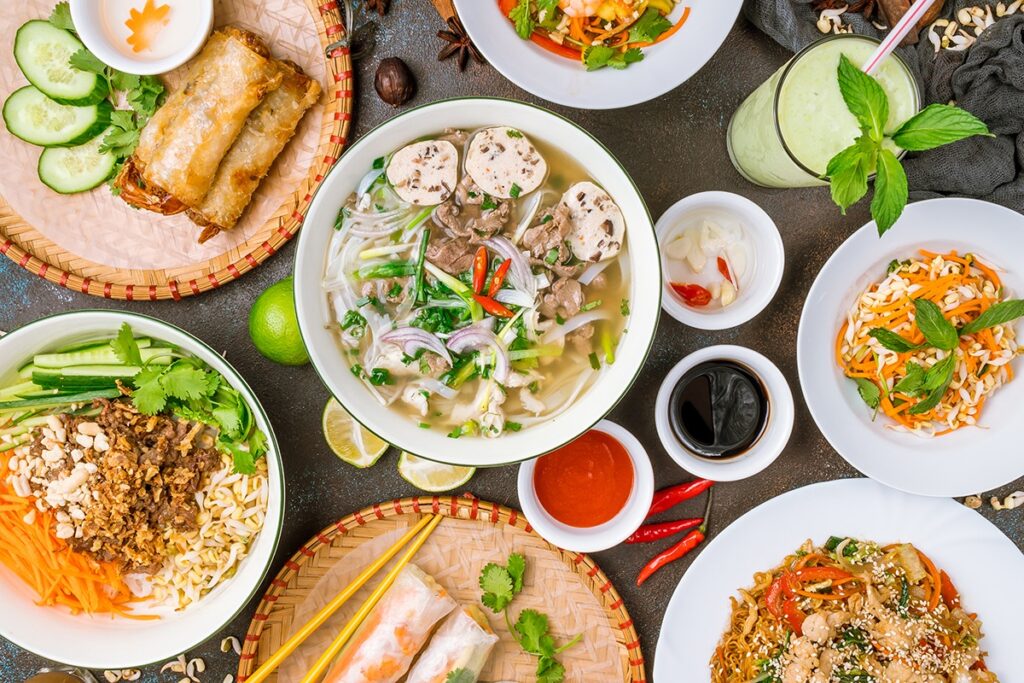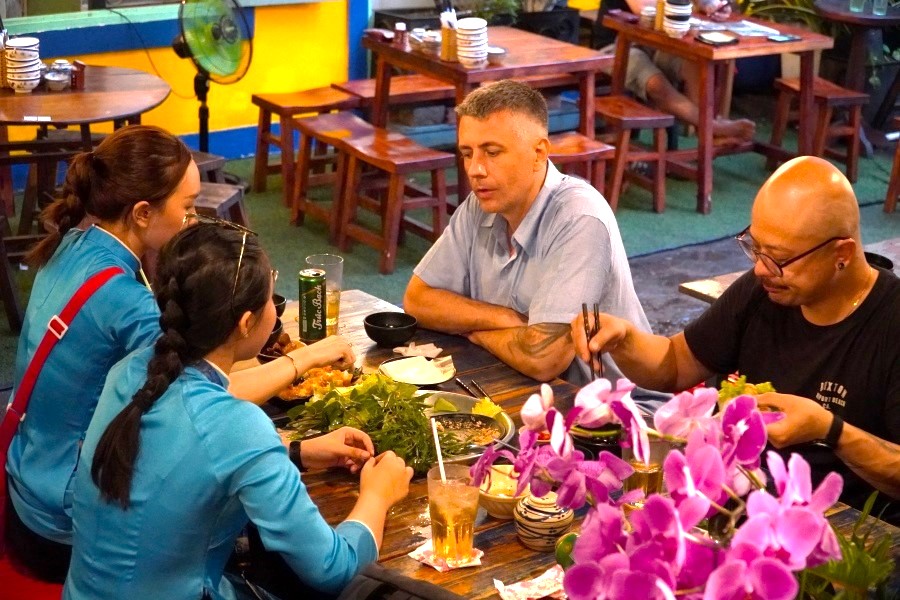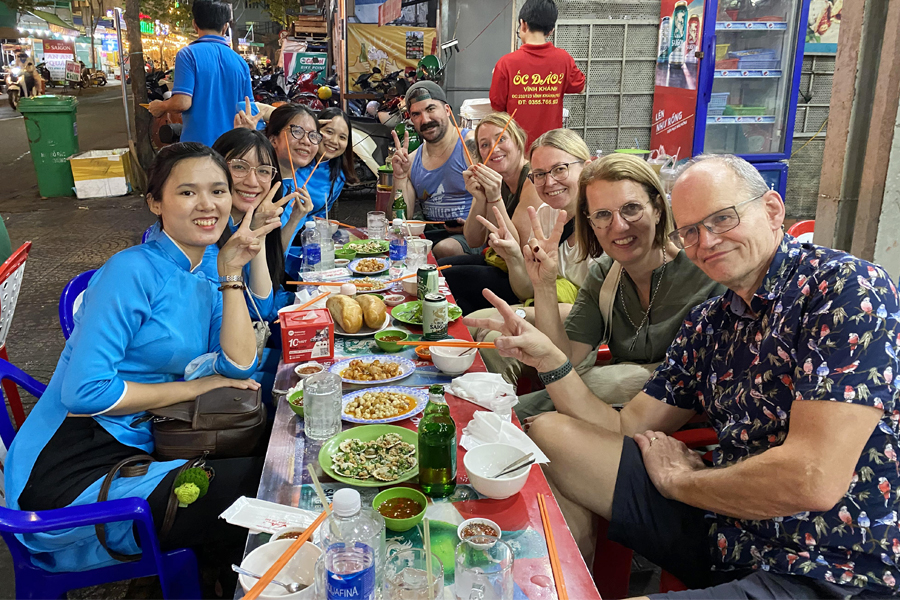This article highlights 8 best Vietnamese dishes from phở to chè that often appear in the Michelin Guide. It explains what makes them stand out and why they are worth trying in Ho Chi Minh City.
From humble street eats to refined regional specialties, Vietnamese dishes have captivated global food lovers with their vibrant flavors, delicate balance, and cultural depth, earning growing recognition in prestigious selections like the Michelin Guide. As the Michelin Guide expands into Vietnam, more local dishes are gaining recognition, not just haute cuisine, but also everyday meals done with precision and heart.
Here’s a closer look at eight iconic Vietnamese dishes that recommended by Michelin Guide and selections, especially in Ho Chi Minh City.
If you’re curious about where to try these dishes, don’t miss: Top 10 Must-Try Michelin Restaurants in Ho Chi Minh City
Phở: Vietnam’s National Treasure in a Bowl
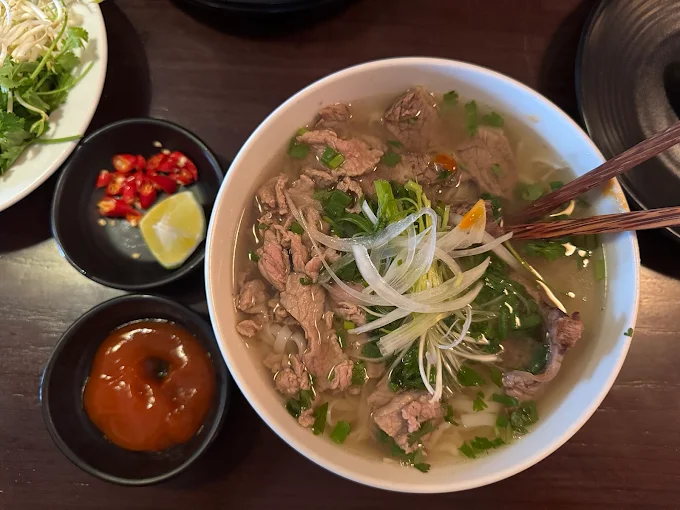
Phở is more than just a national dish, it’s a cultural cornerstone. Michelin Guide inspectors consistently recognize the complexity hidden in a seemingly simple bowl. The broth is the heart of Phở, typically simmered for hours using beef bones, charred onions, ginger, and a careful balance of spices like star anise and cloves.
Each bowl is a result of discipline and intuition, requiring mastery in ingredient layering, temperature, and timing. Whether enjoyed in the refined setting of a modern kitchen or on a bustling street corner, a well-executed Phở bowl delivers clarity, aroma, and soul.
Bún Riêu: A Crab and Tomato Symphony from the Streets
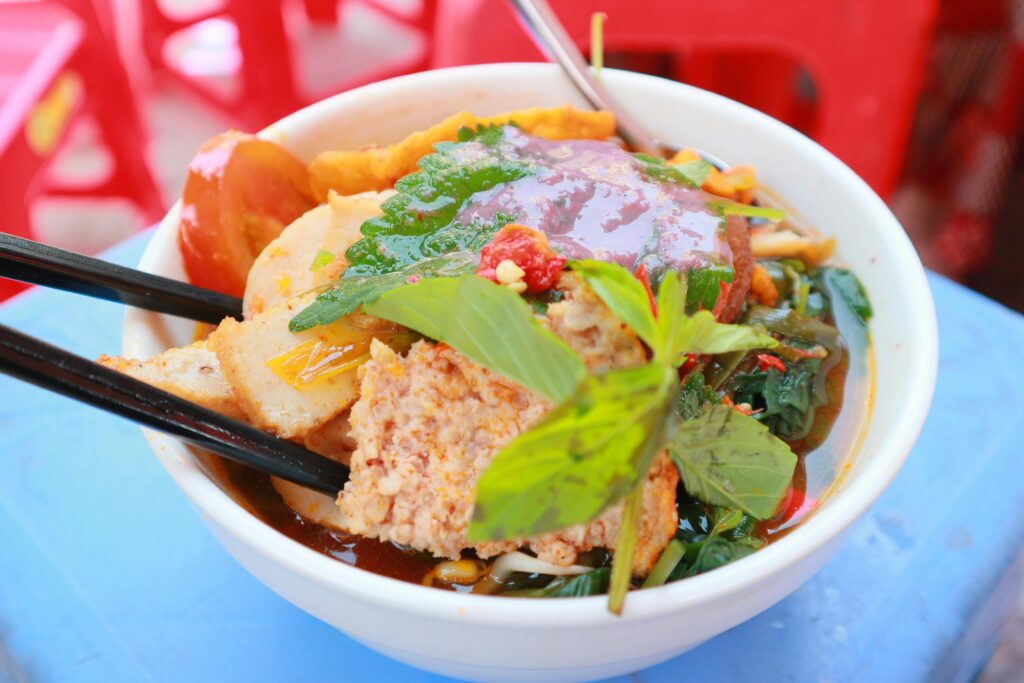
Though often overshadowed by its more famous cousin Phở, Bún Riêu has quietly claimed a spot in Michelin Guide thanks to its unexpected sophistication. Made with a tomato-based broth, crab paste, tofu, and herbs, this dish offers complexity without extravagance. The preparation of the crab paste alone requires technique, often hand-pounded to maintain its texture and essence.
Regional touches like the inclusion of snails or pork knuckle, add layers of flavor and cultural nuance. Michelin’s nod toward Bún Riêu acknowledges its rustic origins while celebrating its bold and balanced profile.
Bánh Xèo: Crispy Pancakes and the Joy of Southern Dining
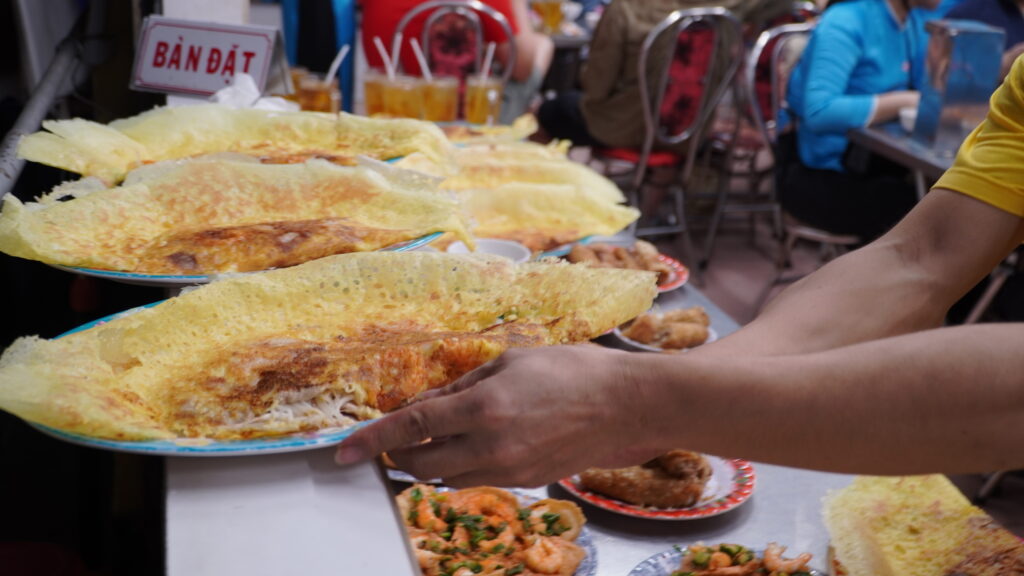
A plate of bánh xèo isn’t just a meal, it’s a shared experience. This sizzling rice flour pancake is poured into a hot pan, filled with pork, shrimp, and bean sprouts, then folded and served with fresh herbs and dipping sauce. In Michelin’s eyes, Bánh Xèo is a celebration of contrasts: crispy versus soft, hot versus cool, savory versus tart.
What elevates this dish from street food to culinary contender is its theatrical preparation and the balance it strikes between texture and freshness. It’s often featured in Bib Gourmand selections, not for refinement, but for the joy it brings when done just right.
Cơm Tấm: Saigon’s Beloved Broken Rice Tradition
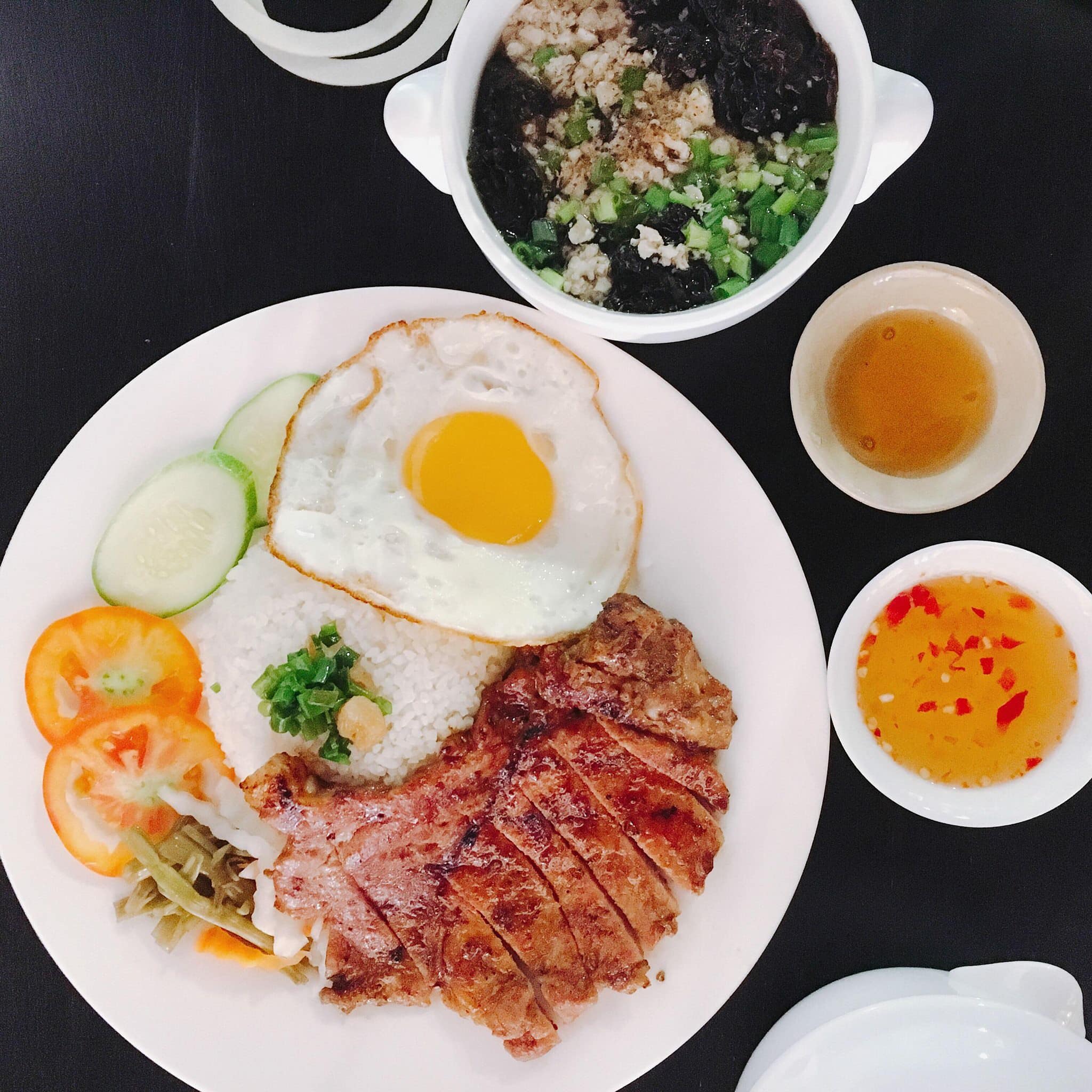
Cơm Tấm, or broken rice, may have working-class roots, but its execution is anything but simple. This dish features a bed of steamed broken rice topped with grilled pork chop, a fried egg, pickled vegetables, and scallion oil.
Michelin Guide take note of how each element, meat marinade, grill timing, and sauce preparation contributes to a cohesive, satisfying dish. Its balance of richness, acidity, and texture makes cơm tấm a worthy contender, showing that culinary excellence isn’t confined to luxury but is often found in daily comfort food.
Looking for a full guide to Saigon’s Michelin stars and fine dining gems? Check out A Complete Guide for the Best Michelin Food Tour in Ho Chi Minh City
Bún Bò Huế: The Bold, Spicy Noodle Legacy of Central Vietnam
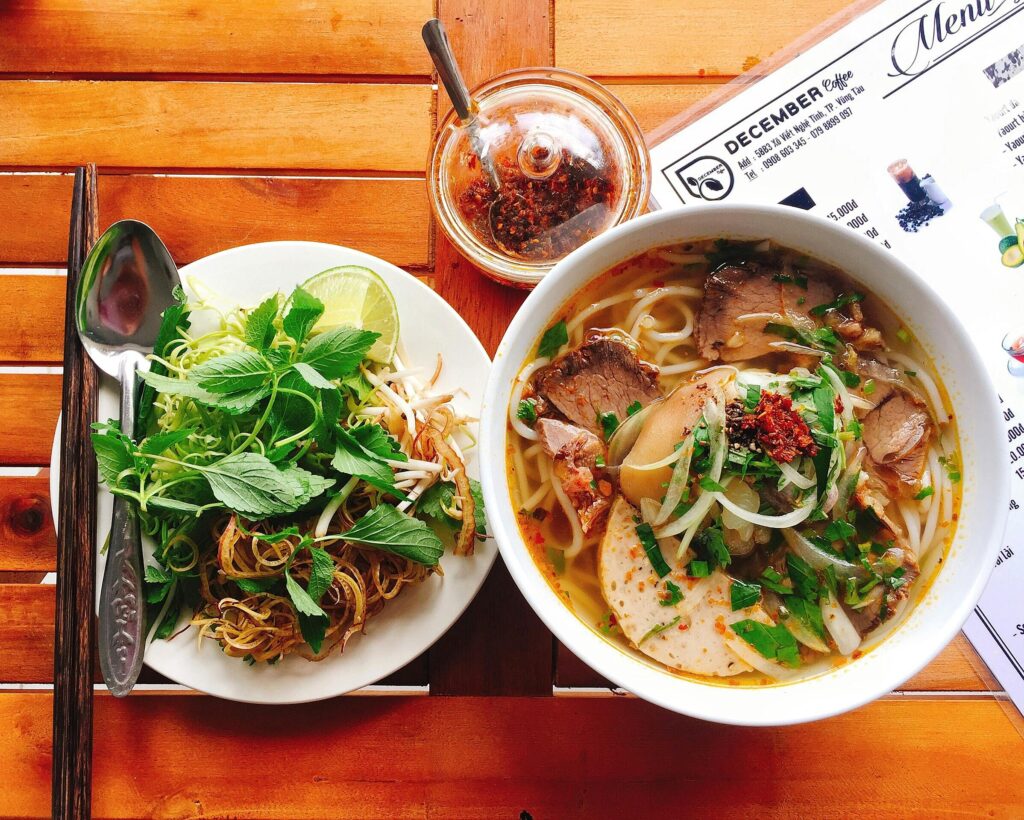
Originating from the former imperial capital, Bún Bò Huế is a spicy beef noodle soup that’s bold, aromatic, and unapologetically intense. Unlike Phở’s clear and subtle broth, this soup is enriched with lemongrass, chili oil, fermented shrimp paste, and chunks of beef and pork. The depth of flavor speaks of royal roots and regional pride.
Michelin-worthy versions of this dish are those that balance heat with clarity, ensuring every sip resonates with complexity. It’s a dish that tests a chef’s ability to extract depth from spice without overwhelming the palate.
Looking for a full guide to Saigon’s Michelin stars and fine dining gems? Check out A Complete Guide for the Best Michelin Food Tour in Ho Chi Minh City
Bún Thịt Nướng: A Perfect Harmony of Smoke, Crunch, and Freshness
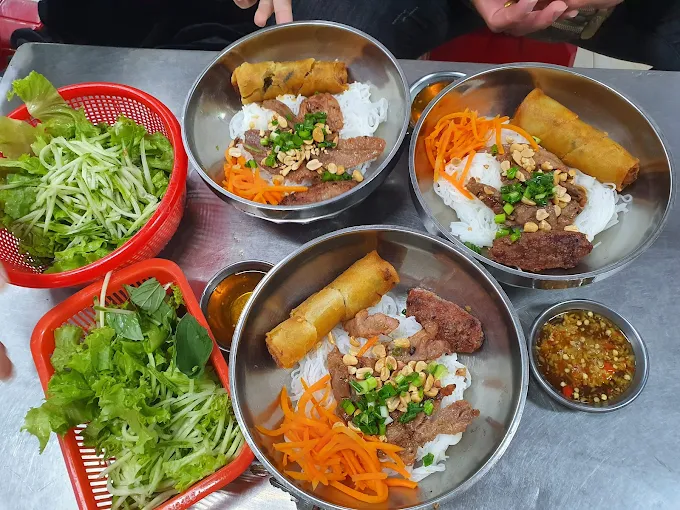
At first glance, Bún Thịt Nướng might seem like a simple dry noodle bowl. But beneath its casual appearance lies a symphony of textures and flavors. Smoky grilled pork, crisp pickled vegetables, crushed peanuts, and fresh herbs all come together over a bed of rice vermicelli.
What makes it selected by Michelin Guide is the balance of sweetness, acidity, and umami, all tied together with a perfectly blended nước mắm dressing. It exemplifies how traditional Vietnamese dishes, when executed with precision, can stand beside any global culinary art.
Xôi: Sticky Rice and the Soul of Vietnamese Comfort Food
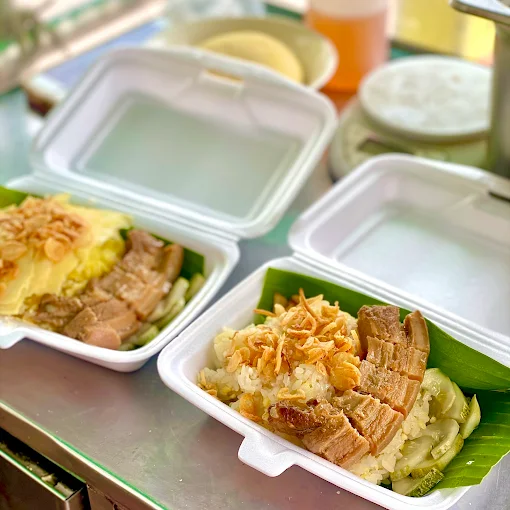
Xôi, or sticky rice, is often eaten for breakfast or as a snack, but Michelin’s eye for technical mastery has brought attention to how this dish is being elevated. Perfect sticky rice is hard to achieve, it must be tender yet structured, fragrant but not overwhelming.
When topped with ingredients like shredded chicken, Chinese sausage, mung bean paste, or egg floss, Xôi becomes a canvas for cultural storytelling. Its inclusion in the Michelin Guide highlights how even the most unassuming dishes can reflect a nation’s culinary spirit and daily rituals.
Chè: A Colorful Journey through Vietnam’s Sweet Traditions
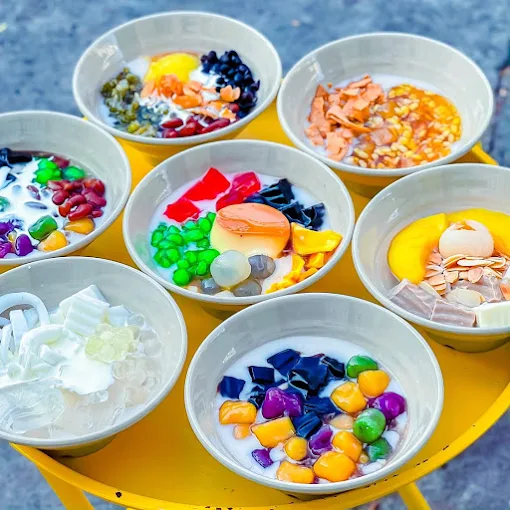
Vietnamese sweet soups, collectively called Chè, are a mosaic of flavors, colors, and textures. From creamy mung bean to lotus seed and longan, each bowl offers a contrast of temperatures, chewiness, and sweetness.
For Michelin Guide, Chè’s appeal lies in its variety and craftsmanship. The best Chè vendors treat their selections like curated menus balancing coconut milk richness with herbal notes and grainy depth. Michelin’s recognition of Chè shows its openness to desserts that are rooted in culture, nostalgia, and a celebration of everyday indulgence.
Curious about how these dishes earned global recognition? Discover the broader culinary story in our feature guide: Michelin Food Tour in Ho Chi Minh: 5-Star Flavors & Unforgettable Culinary Stories
Why These Dishes Matter to Michelin and to Curious Travelers?
To summarize, Vietnamese dishes are not just delicious, but they represent the cultural soul that the Michelin Guide in Ho Chi Minh City has increasingly recognized. What these dishes share isn’t luxury, it’s integrity. Michelin Guide celebrates Vietnamese dishes not for its reinvention but for its devotion to tradition, ingredient clarity, and the cultural context that shapes every bowl, plate, and spoonful. Whether you’re dining on a street corner or in a refined bistro, understanding the significance behind these dishes deepens your culinary journey in Vietnam.
For a deeper dive into the dishes that captivated Michelin inspectors this year, explore their curated favorites across Vietnam’s top culinary cities: Inspectors’ Most Favorite Dishes from the MICHELIN Guide Hanoi, Ho Chi Minh City and Da Nang 2025 Edition
Ready to taste the stories behind each dish? Book your Michelin Food Tour in Ho Chi Minh City today with KissTour, and experience Vietnam through its most meaningful and memorable flavors.
